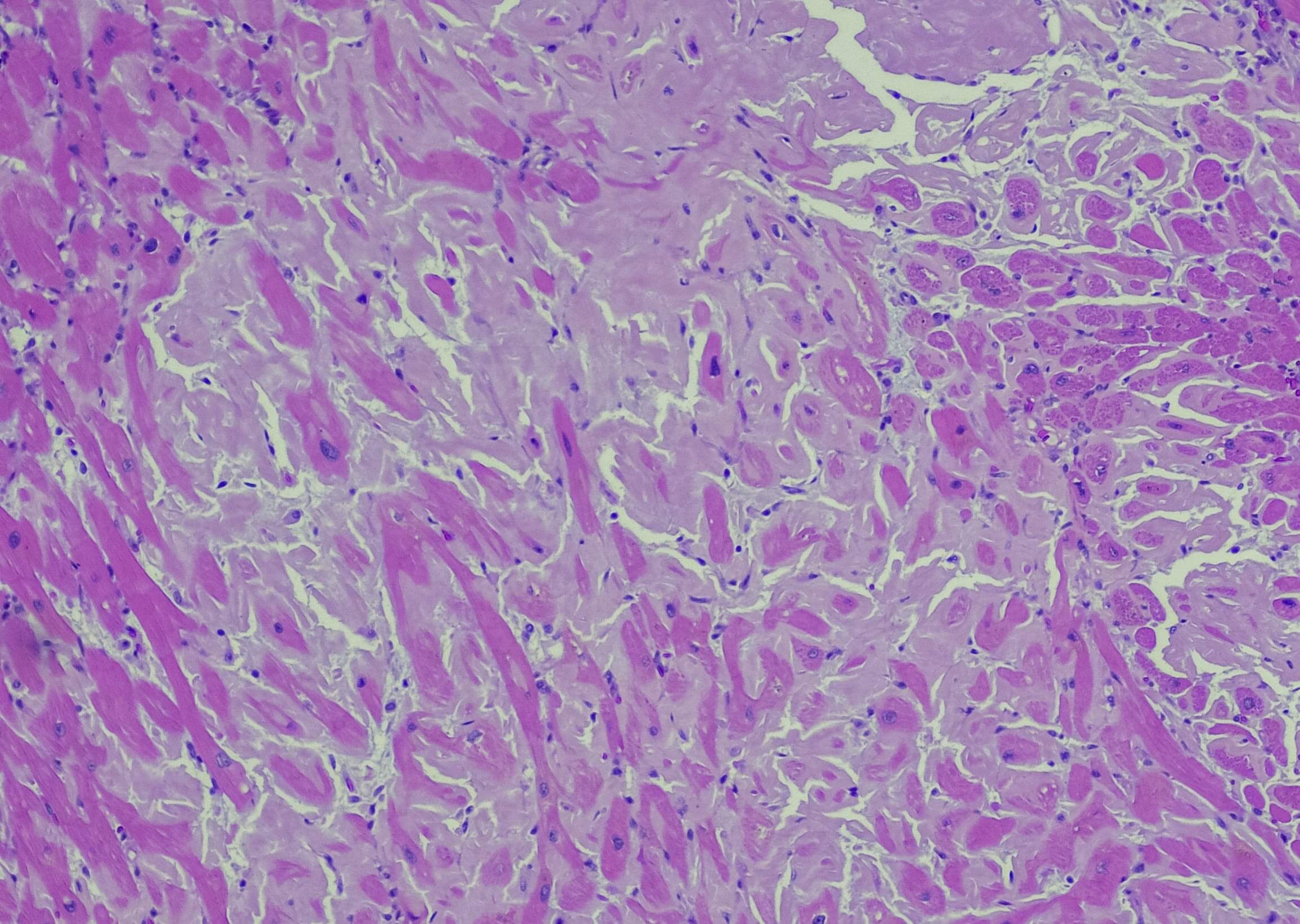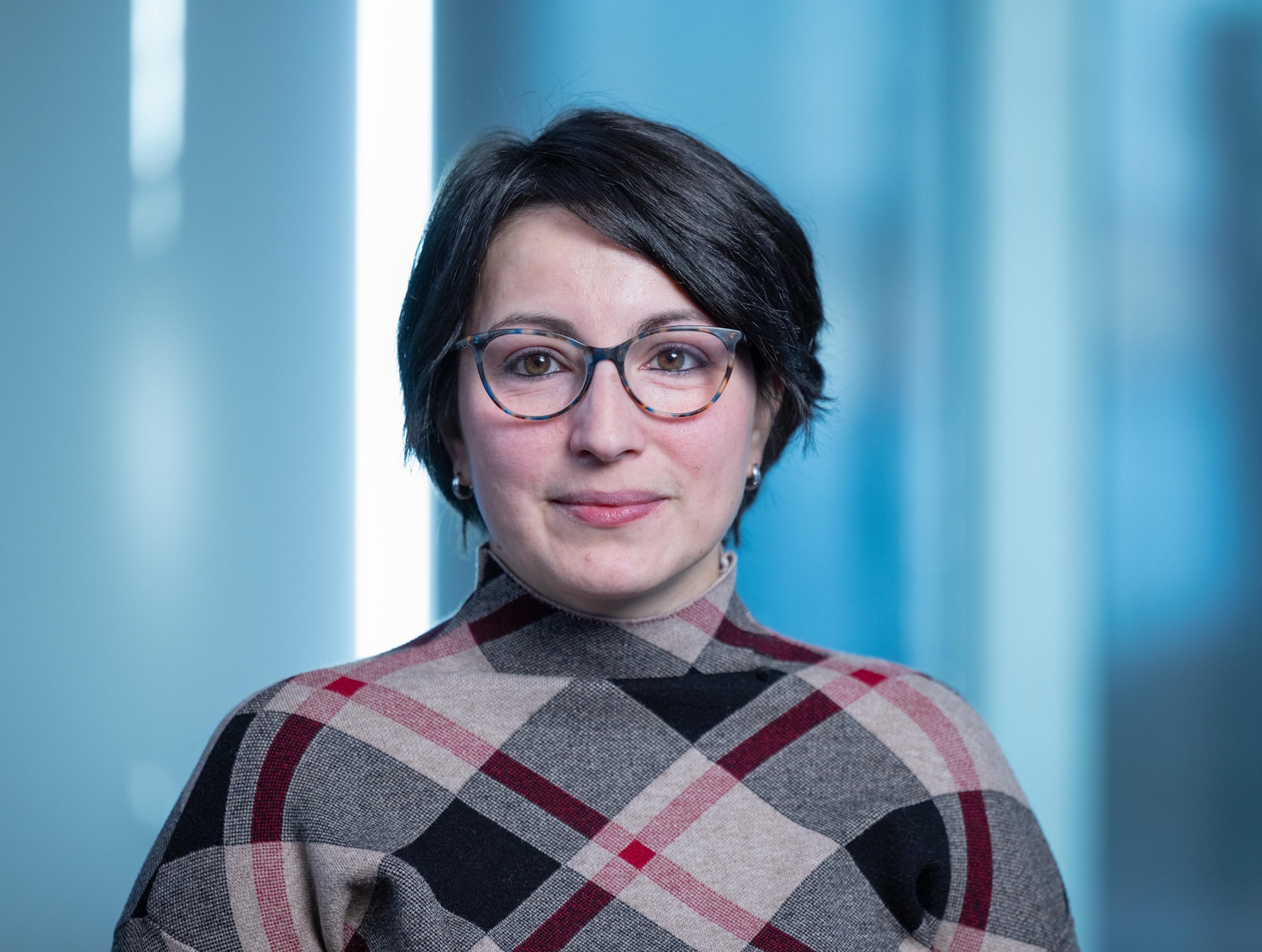- Home
- News Centre Resources
- Addressing the Unmet Needs of the Amyloidosis Community
Addressing the Unmet Needs of the Amyloidosis Community

We spoke with Cristina Quarta, Executive Medical Director, about a group of rare diseases known as amyloidosis, the medical needs within this community and how her work as a cardiologist shapes her approach to research and development (R&D) for rare cardiac conditions.
What led you to a career in medicine?
My interest in medicine started as a little girl--I was watching a movie about a child that was sick, and I immediately turned to my dad, saying, ‘I want to cure sick children.’ I held onto that feeling and passion for medicine for years and eventually entered medical school in Italy.
I chose cardiology because I found the heart to be a fascinating organ; it pumps our blood to other organs, and emotionally, it’s where our passion comes from. However, it wasn’t until I attended a conference where I connected with my mentor and then began reading literature on amyloidosis, when I learned about the significant needs within the amyloidosis community--that was when I knew wanted to specialize in treating amyloidosis. I knew then this was an area where I wanted to make an impact.

What is amyloidosis and why focus on this particular disease?
Amyloidosis is not one disease, but rather, a group of complex rare diseases where certain proteins that circulate in our blood lose their normal structures. The proteins become abnormal, misfolding and clumping together, which makes them more prone to aggregate and deposit in tissues.1 These amyloids can deposit in the heart, kidneys and peripheral nerves.2 This can lead to organ damage and ultimately organ failure.2
One of the greatest challenges people living with amyloidosis face is receiving a timely and accurate diagnosis, because amyloidosis is considered a great pretender. Signs and symptoms of amyloidosis often resemble other diseases, which can lead to misdiagnosis and/or delayed diagnosis and treatment.3 Furthermore, there remains a need for additional treatment options.
How does your experience as a doctor influence your work in clinical research?
When I was a physician seeing patients, there were often no available treatment options to offer patients with advanced amyloidosis. I saw the desperate need for new approaches and that continues to fuel my passion for clinical research into new treatments. I believe that my experience working with and treating patients helps me to advance our research in a much more effective and empathetic way.
What excites and motivates your science?
At Alexion, I still have the opportunity to get to know patients and their caregivers, and the potential for our research to help address their unmet treatment needs motivates me every day.
We are advancing an exciting pipeline that aims to address a broad spectrum of amyloidosis, including ATTR-CM (transthyretin amyloidosis cardiomyopathy) and AL (amyloid light chain amyloidosis). When I think about the future, I am filled with hope.
To learn more about amyloidosis, check out these factsheets for AL amyloidosis and ATTR amyloidosis.
References
- Desport, E., Bridoux, F., Sirac, C., et al. AL Amyloidosis. Orphanet J Rare Dis 7, 54 (2012).
- Sanchorawala, V. Light Chain (AL) Amyloidosis: Diagnosis and Treatment. Clin J Am Soc Nephrol 1: 1331-1341, 2006.
- Amyloidosis – Symptoms and causes (2020, March 14). Mayo Clinic. Accessed at https://www.mayoclinic.org/diseases-conditions/amyloidosis/symptoms-causessyc-20353178. Accessed August 2024.
Share This Page
Featured Content (Articles)

Clinical Trials • October 28, 2025
Shaping the future of R&D with real world insights into rare disease
Studying a rare disease often involves working with fragmented information, much like piecing together scattered pages of different books, each offering part of the story but rarely forming a complete picture. Researchers face this challenge due to small, often underdiagnosed, patient populations and limited understanding of how these diseases progress over time.

Diagnostics • September 17, 2025
Genomic Innovation to Support Newborn Screening of Rare Diseases
Today, while more than 10,000 rare diseases are known, recommended newborn screening panels cover only about 40 core conditions. This gap underscores the need for innovative approaches to expand the reach of newborn screening.

Thought Leadership • June 11, 2025
Paving Regulatory Pathways in Rare Disease
Many rare disease medicines are often a first of their kind, and a clear roadmap for their development and approval does not exist. Navigating the complex and sometimes unprecedented regulatory environment for rare disease requires innovation, collaboration and a patient-first mindset.

Media [News] • April 10, 2025
Advancing Rare Disease Research Through Patient-Centric Trial Design
As Head of Development, Regulatory and Safety at Alexion, Gianluca Pirozzi channels his life’s experience with rare disease to inform his work at Alexion, ensuring clinical programmes are fueled by a patient-focused mindset.

Patient Support • September 23, 2024
Shortening the Path to Diagnosis in Rare Disease
With 10,000 known rare diseases defined today, the path to diagnosis can often resemble a puzzle, with physicians as detectives searching for clues. Many physicians never encounter a rare disease beyond the pages of their medical school textbooks.

Research and Development • September 18, 2024
Getting to know Nick France, an Alexion R&D Leading Voice
To create meaningful advances in rare disease research, it takes an innovative culture, strong collaboration, and a patient-centric vision for delivering transformational solutions. At Alexion, these pillars are important to successfully develop impactful medicines for patients.

Patient Support • June 25, 2024
Getting to know Chathuri Daluwatte, an Alexion R&D Leading Voice
Artificial Intelligence (AI) is rapidly advancing and has the potential to have a transformative impact on clinical research and development (R&D).

Research and Development • June 08, 2024
Getting to know Seng Cheng, an Alexion R&D Leading Voice
There is a sense of urgency that underlies research in rare diseases, because these diseases are often rapidly progressive.

Patient Support • April 18, 2024
Getting to know Sophia Zilber, Associate Director, Statistical Programming
The voices and perspectives of patients play an essential role in rare disease research and development (R&D).
Veeva ID: GL/NP/0176
